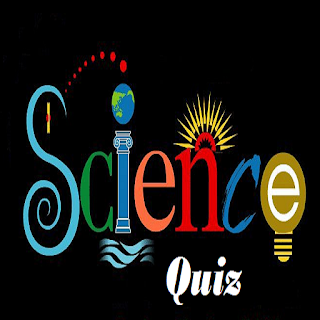HOW BLURRED IS OUR BELIEF ON A BLOOD MOON
HOW BLURRED IS OUR
BELIEF ON A BLOOD MOON
Nikunja Bihari Sahu
Grand
celestial spectacles are not generally welcomed in our dogma dominated society.
Be it an eclipse of the Sun or Moon, people likes to celebrate the occasion quietly
in their own style of penance and abandonment.
Come 27th July, 2018 in the depths of a deep and dark night, a blood Moon will rise in the sky in a sequel to a rare celestial event that will never recur before the turn of the century. The bizarre spectacle will unfold during a total lunar eclipse when the colour of the Moon will gradually change from deep red to reddish brown thus attracting the popular name Blood Moon. The next Blood Moon would occur on 29th January, 2019 almost after a century. The grand celestial event promises to be spectacular in India as both the partial and totality phases of the eclipse can be seen for almost the entire night of 27th and 28th of July, 2018 provided good viewing conditions.
Many
cultures around the world view the disappearance of the Moon as a time of turmoil
and chaos. Marauding demons, murderous pets, and ravenous jaguars are some of
the culprits that have been blamed for the Moon's disappearance during a lunar eclipse. The Incas feared
that a lunar eclipse was caused by a wolf eating away the Moon making its
coloration red as blood. They feared that the wolf, after eating up the Moon in
the sky, would descend to the earth and devour all the animals. They tried to
drive away the beast by beating drums or shooting arrows at the sky. The
Chinese has a slightly different variant of the story with a dragon as the culprit.
In our society even, it is
believed that during a Chandra Grahan,
the Moon is swallowed up by a hungry demon named Rahu.
The imprint
of the eclipse is clearly reflected in the revised schedule of our daily life
that is generally marked with fasting and abstinence from pleasure, restrictions
on the rituals of deities, ban on embarking distant journeys and many other
upheavals. What really disturbing is the unchanging of the mindset of the
people even in the light of the convincing scientific evidences put forward behind
the celestial happenings. It is quite ridiculous to shut oneself indoors when a
spectacular natural event is unfolding up in our backyard. We can never shy
away from this celestial challenge, but be a part of the drama. We should not only free ourselves from these
bizarre beliefs, but also develop a sense of curiosity to unravel the celestial
mystery with a scientific perspective. As
unlike in a solar eclipse, observing a total lunar eclipse
does not require any special optical aid, we can also enjoy the celestial drama
with naked eye and wonder at the mysteries of nature.
Education Officer
Dhenkanal Science Centre
(National Council of Science Museums
Ministry of Culture, Govt. of India)
(Near Rajbati)
Dhenkanal-759001
Phone: 8018708858
ODISHA




Comments
Post a Comment